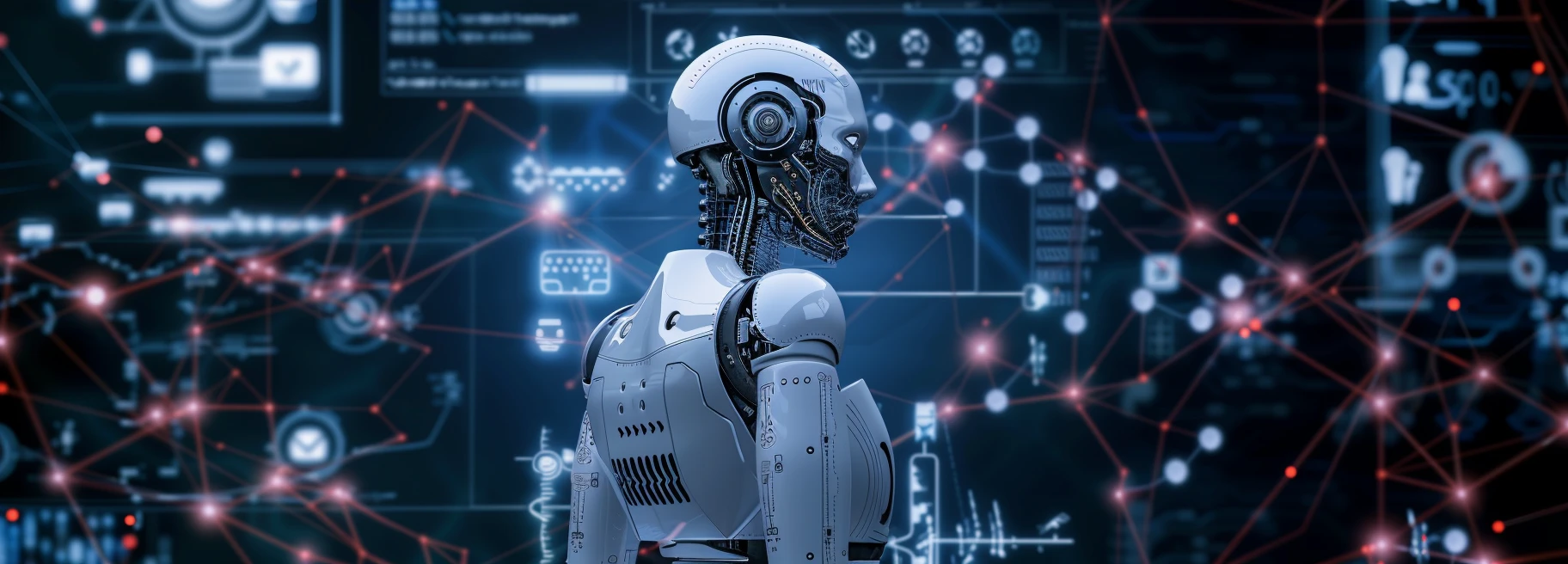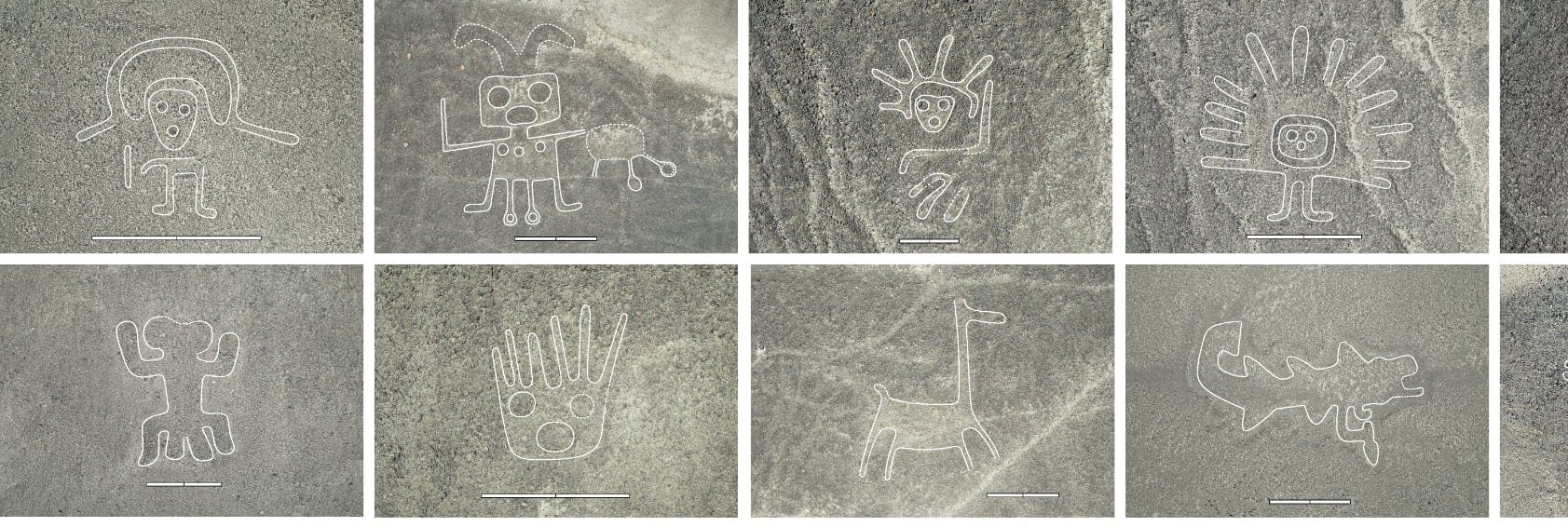
Everything You Need to Know About AI
READING TIME : 5 MINS

Everything You Need to Know About AI
Artificial Intelligence (AI) is becoming more and more important in today’s world. But what exactly is AI? How can you explain it to kids, and what are some real-life examples? In this article, we answer the most common questions about AI and provide a comprehensive overview to help you understand the basics.
What is Artificial Intelligence?
AI is a broad term that includes many technologies designed to make machines “intelligent.” This includes machine learning (ML), neural networks, and deep learning. These technologies allow computers to recognize patterns, learn from experiences, and make decisions—almost as if they had a brain of their own.
Simple Explanation
Artificial Intelligence (AI) is the ability of computers and machines to perform tasks that normally require human intelligence. These tasks include things like learning, problem-solving, recognizing patterns, and even making decisions. Imagine having a robot that helps with your homework, or an app that tells you which songs you might like—that’s AI at work!
Official Definition
The official definition of AI is: Artificial Intelligence is a branch of computer science that focuses on creating systems capable of performing tasks that require human-like intelligence. This includes areas such as language processing, image recognition, and decision-making.
How Does AI Work? (A Simple Breakdown)
AI systems learn from data through processes like machine learning. Think of it like teaching a dog new tricks—AI is “trained” on examples, and over time it gets better at recognizing patterns and making predictions. The more data AI has, the smarter it becomes. For example, Spotify learns your music tastes by analyzing the songs you like, then improves its suggestions over time.
Importance and Goal of AI
The goal of AI is to create machines that can think and act like humans. These machines are programmed to learn independently and adapt to new situations. Just as humans learn from their experiences, AI learns from data and information, continually improving its performance. The ultimate aim is to create systems that can handle tasks autonomously, without needing constant human input.
Explaining AI to Kids
Imagine having a toy that knows how you’re feeling and says just the right things to cheer you up. Or a robot that helps you with your homework because it has read all the books in the world. AI is like a super-smart friend who knows a lot and helps you by understanding and learning, just like we do.
The Term “Artificial Intelligence”
The term Artificial Intelligence is made up of two parts: “artificial,” meaning it’s made by humans, and “intelligence,” referring to the ability to think and learn. So, AI is the ability of a machine to act intelligently in a way that mimics human behavior.
Practical Applications of AI
AI isn’t just about smart assistants like Siri and Alexa; it’s transforming industries in ways you may not even notice:
- Healthcare: AI helps doctors detect diseases early, improving diagnosis and treatment options.
- Finance: AI-driven algorithms analyze transactions in real-time to prevent fraud and make smarter investment decisions.
- Manufacturing: Predictive maintenance uses AI to monitor machines and predict when they might break down, reducing costs and downtime.
- Education: Personalized learning platforms use AI to tailor lessons to each student’s needs, making education more efficient.
- Entertainment: Services like Netflix and Spotify use AI to recommend movies and music based on your preferences, making the content more personalized.
The Difference Between AI and Generative AI
AI is an umbrella term for all machines that mimic human intelligence. However, there’s also a specific type of AI called Generative AI (Gen AI), which can create new content like text, images, or music. For example, ChatGPT (like the one you’re reading now) can generate human-like conversations, while AI-powered art tools can create original digital paintings. Gen AI is all about creativity, making it a fascinating subset of AI technology.
Examples of AI in Everyday Life
AI is already all around us, even if you don’t always notice it. Here are a few examples:
- Voice Assistants: Siri, Alexa, and Google Assistant are AI systems that help us find information, play music, or control our smart homes.
- Recommendation Systems: Netflix and Spotify use AI to suggest movies and music you might like, based on your past preferences.
- Autonomous Driving: Self-driving cars use AI to analyze traffic conditions and safely navigate from point A to point B.
- Image Recognition: Platforms like Facebook use AI to recognize faces in photos and suggest who you might want to tag.
- Customer Support: Many companies use AI-based chatbots to quickly and efficiently answer customer questions.
Ethical AI: Why It Matters
While AI offers many benefits, it’s important to discuss the ethical implications. AI systems often rely on huge amounts of personal data, raising privacy concerns. There’s also the issue of job displacement, as more tasks become automated. And when machines make decisions—like AI systems in healthcare or justice—it’s crucial that these systems are transparent and free of bias. As AI becomes more integrated into daily life, addressing these ethical issues will be key to ensuring that AI is used responsibly.
The Future of AI: What’s Next?
Looking to the future, AI will continue to evolve and shape our world. We’re already seeing AI play a role in creative fields, generating music, art, and even writing. The next frontier might be AI-human collaboration, where AI enhances human capabilities and helps us achieve things we couldn’t on our own. Autonomous systems, like drones and robots, could change the way we approach transportation, logistics, and manufacturing. The possibilities are endless, and we’re just scratching the surface of what AI can do.
Conclusion
Artificial Intelligence is an exciting technology that is transforming our world in countless ways. From simple tasks like recommending music to more complex applications like self-driving cars, AI makes life easier, more efficient, and often more fun. Hopefully, this article gave you a solid understanding of the basics of AI and answered some of your questions. If you’re curious to learn more, don’t hesitate to dive deeper into the fascinating world of AI—it’s only going to keep growing!
Interested in learning more? Check out our AI workshops and courses to discover how AI works firsthand, or sign up for our newsletter for regular updates on AI trends and tips!
Share this post
Written by: Sophie Pochtler
Sophie is a Product Designer with over 10 years of experience in Product Development at a technology firm in the food industry. Her passion for innovation and the daily use of AI over the past 3 years have shaped her into a solution-oriented innovator. Embracing the principles of human-centered design, she collaborates closely with businesses to comprehend their unique goals and challenges and develops tailored solutions to perfectly match her clients need.



